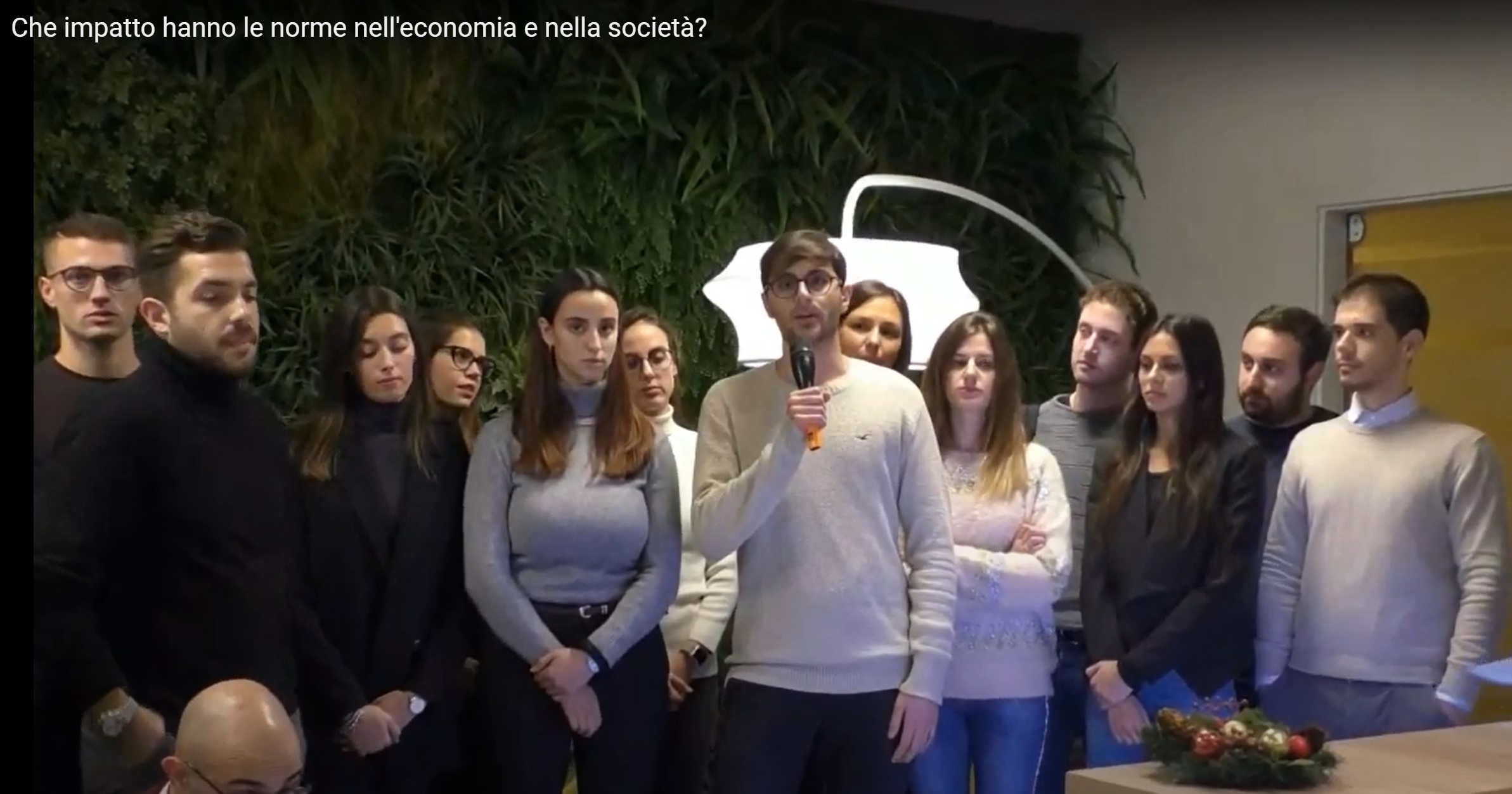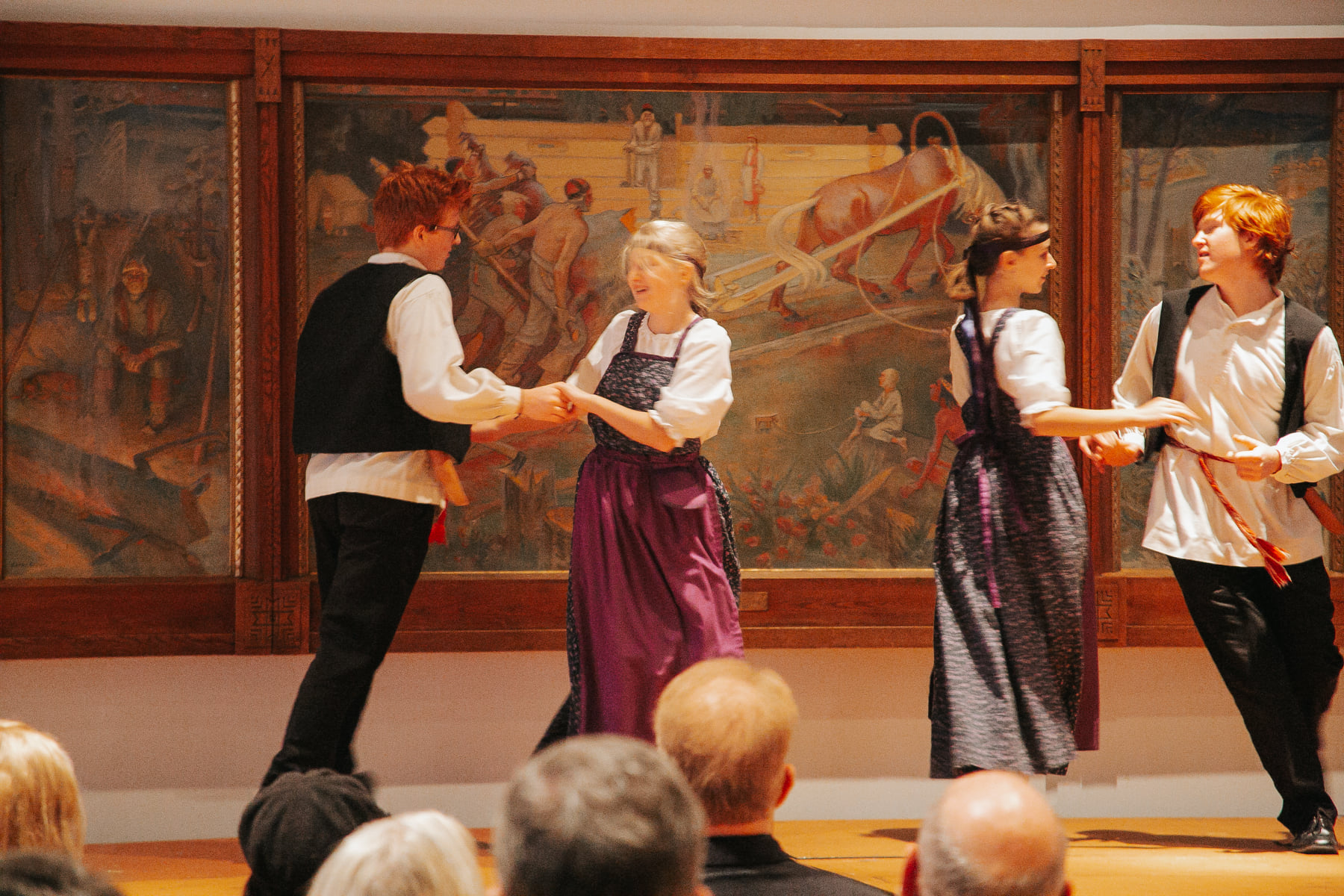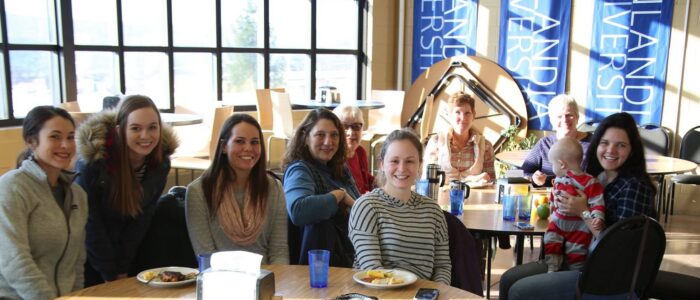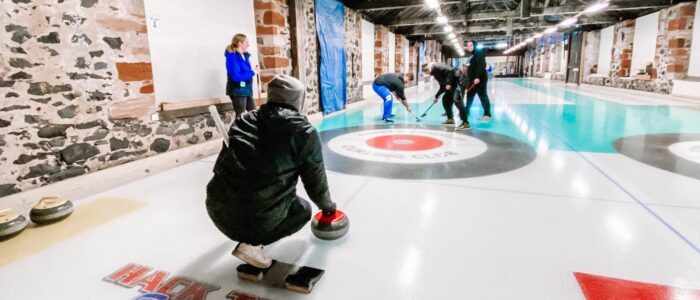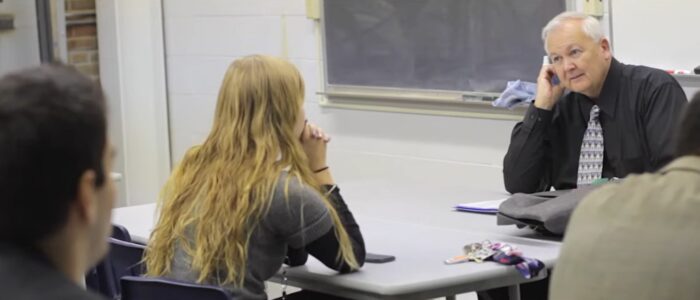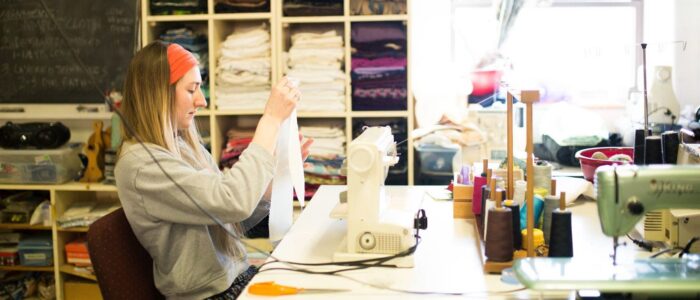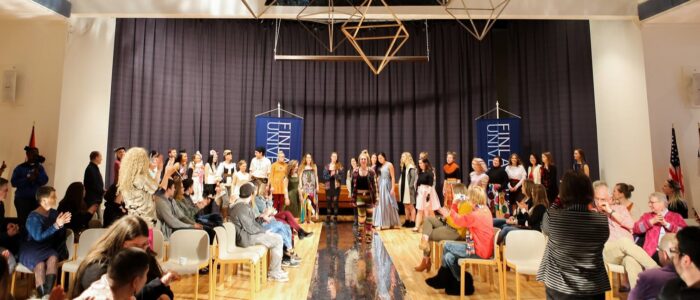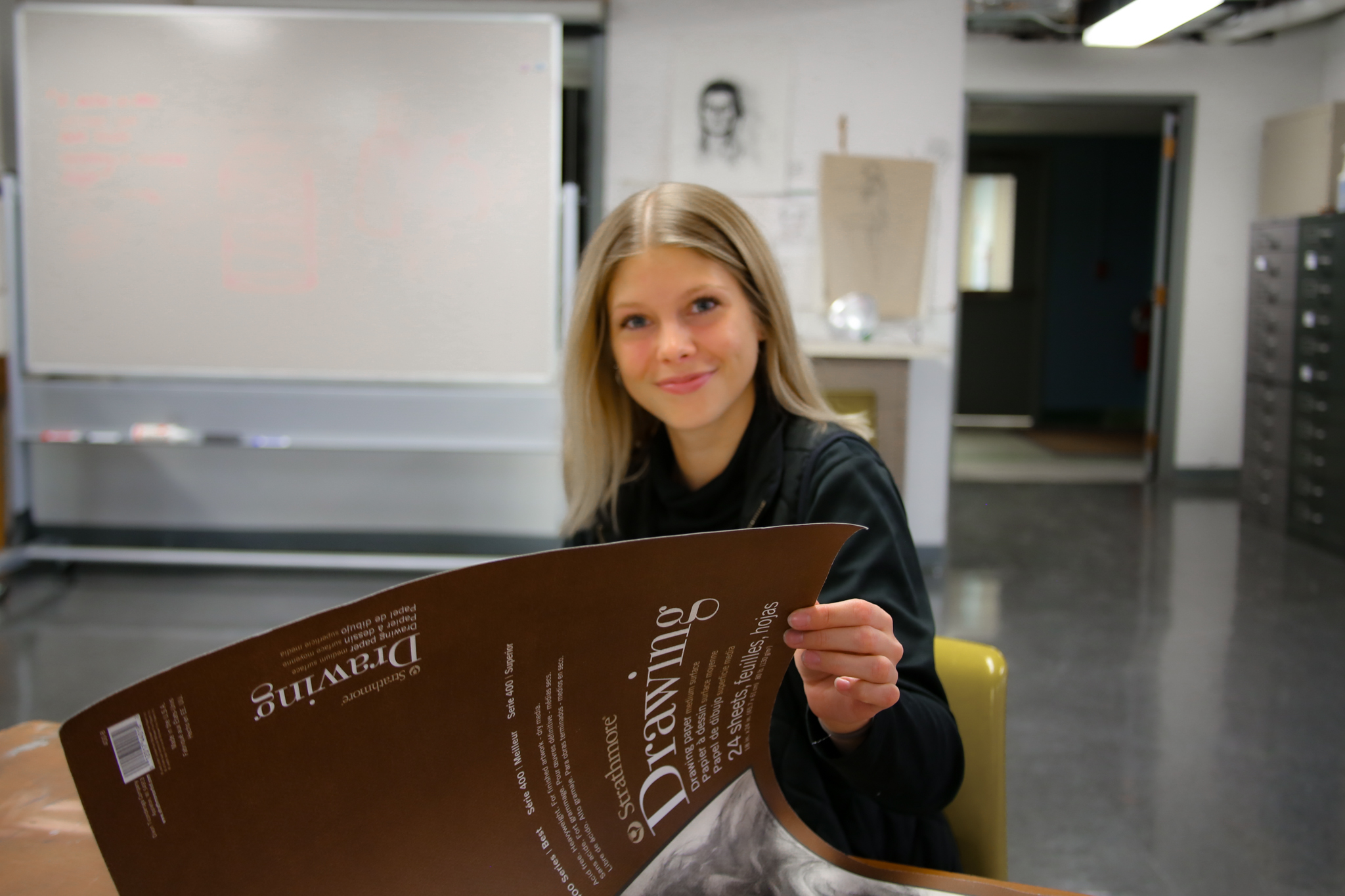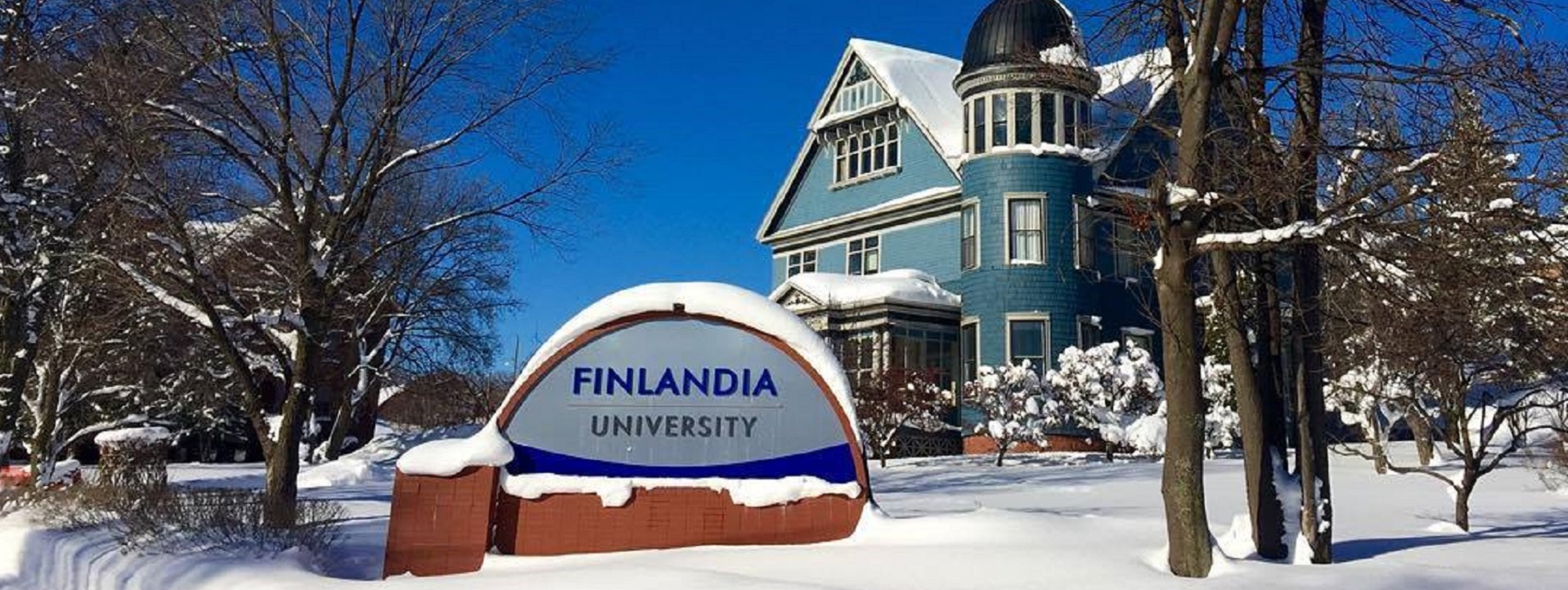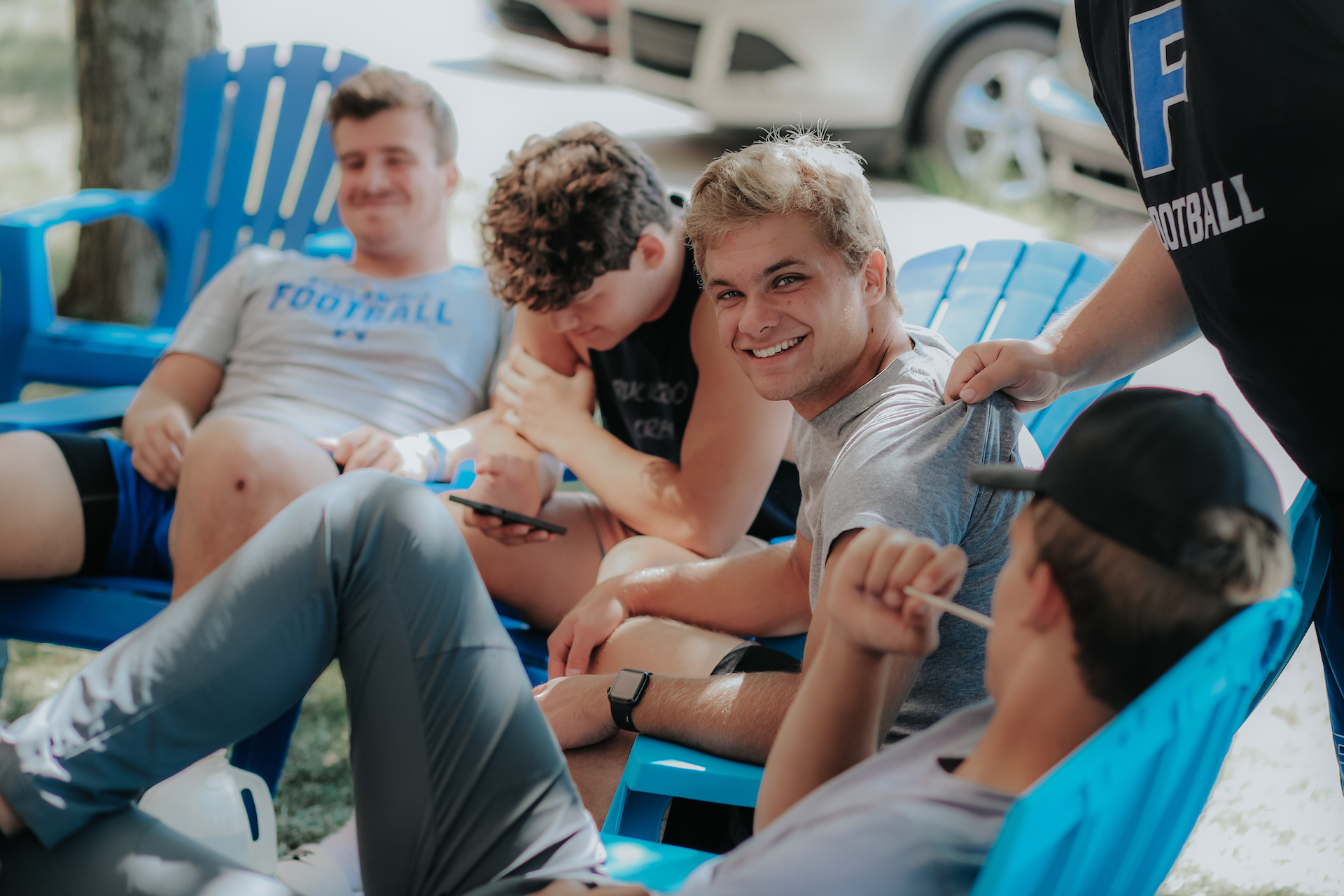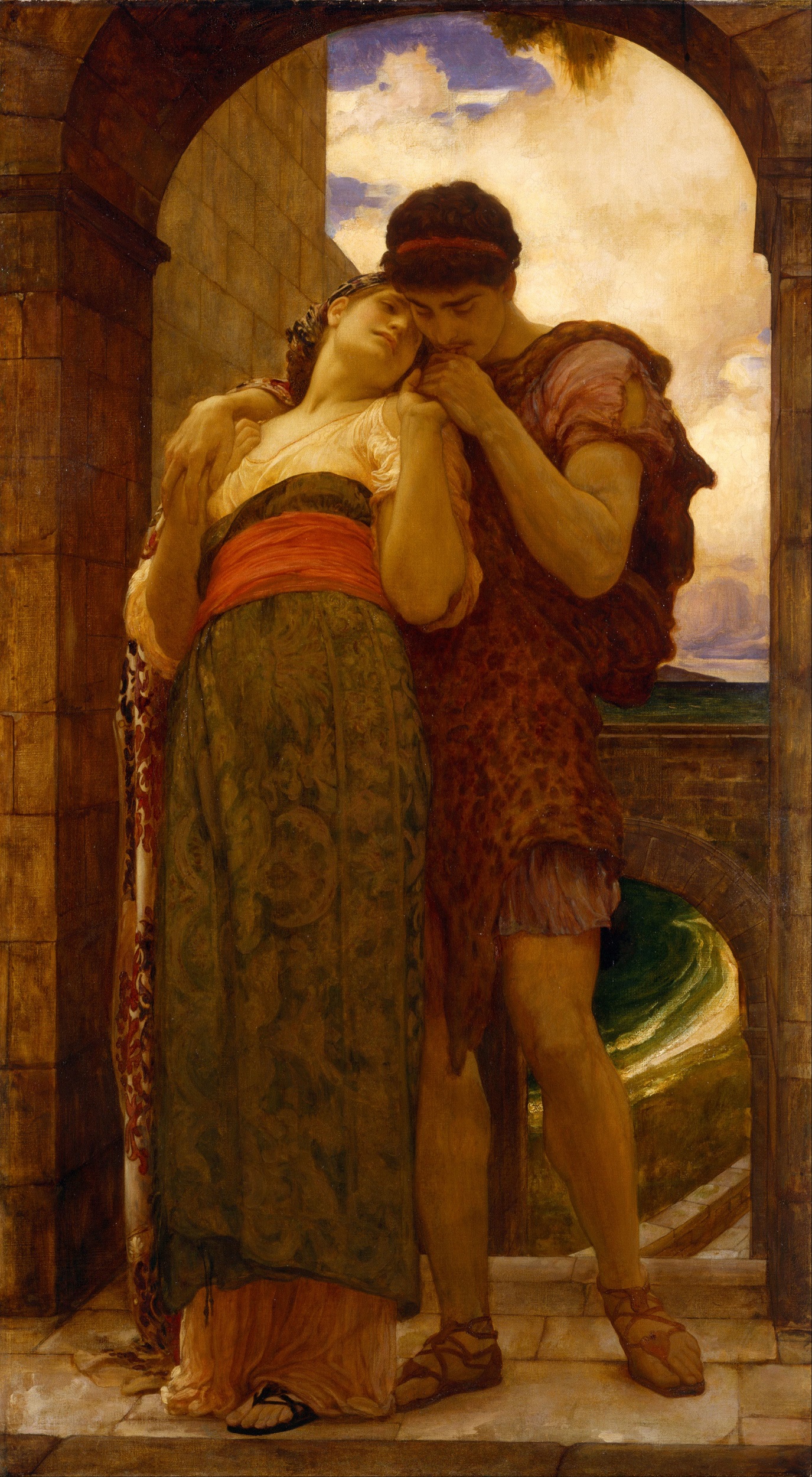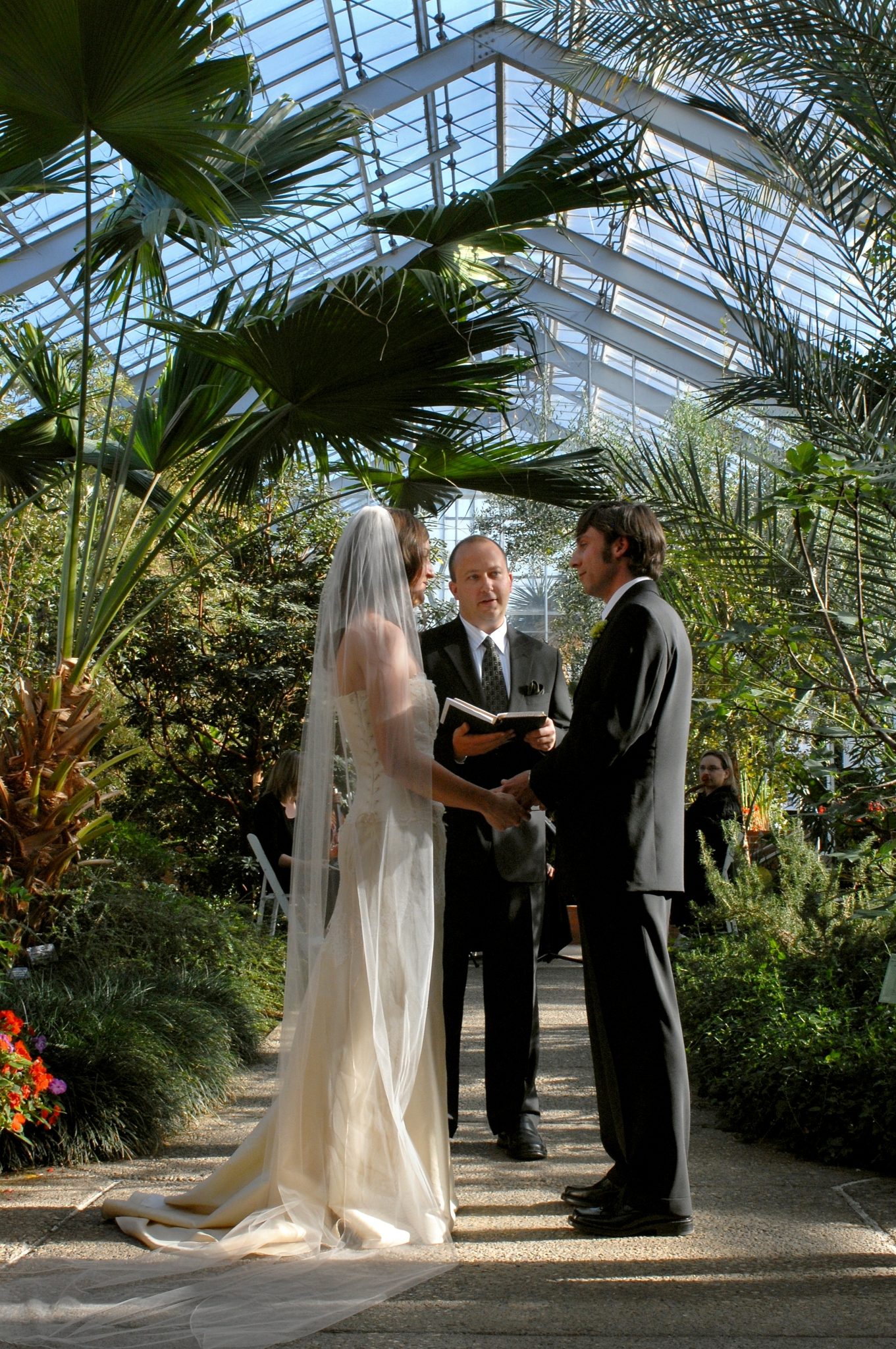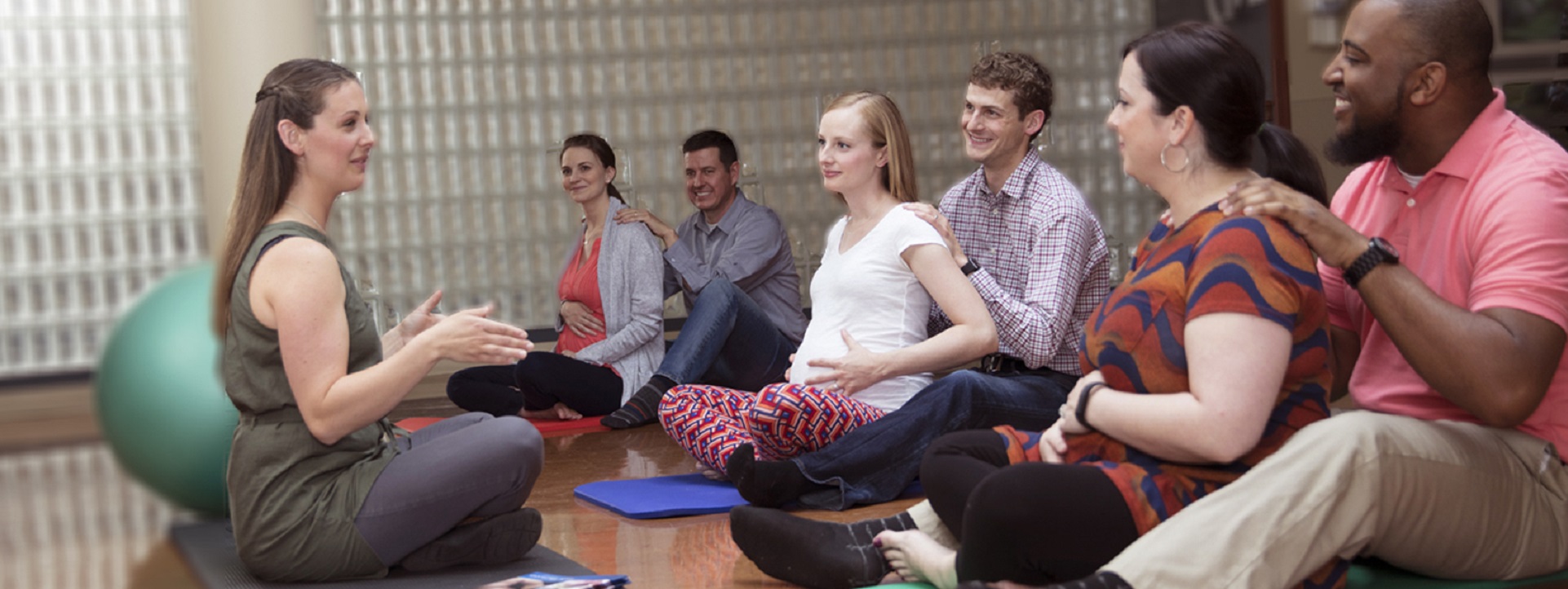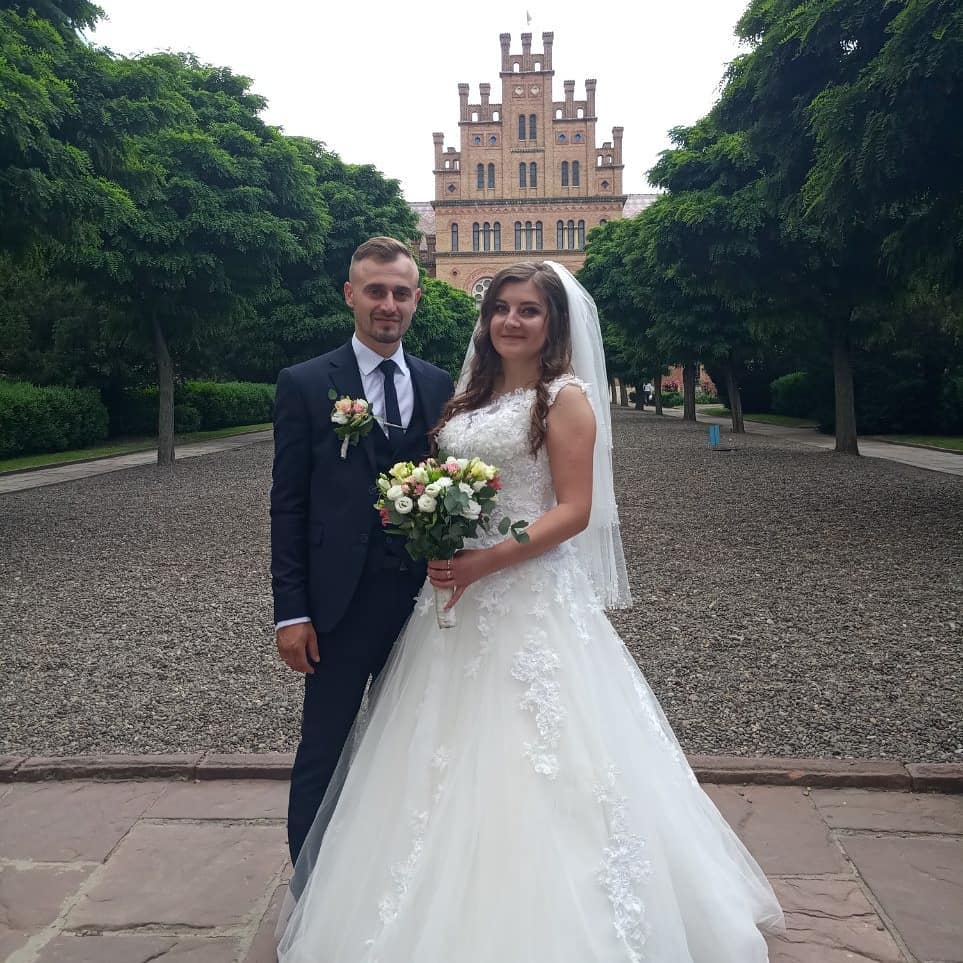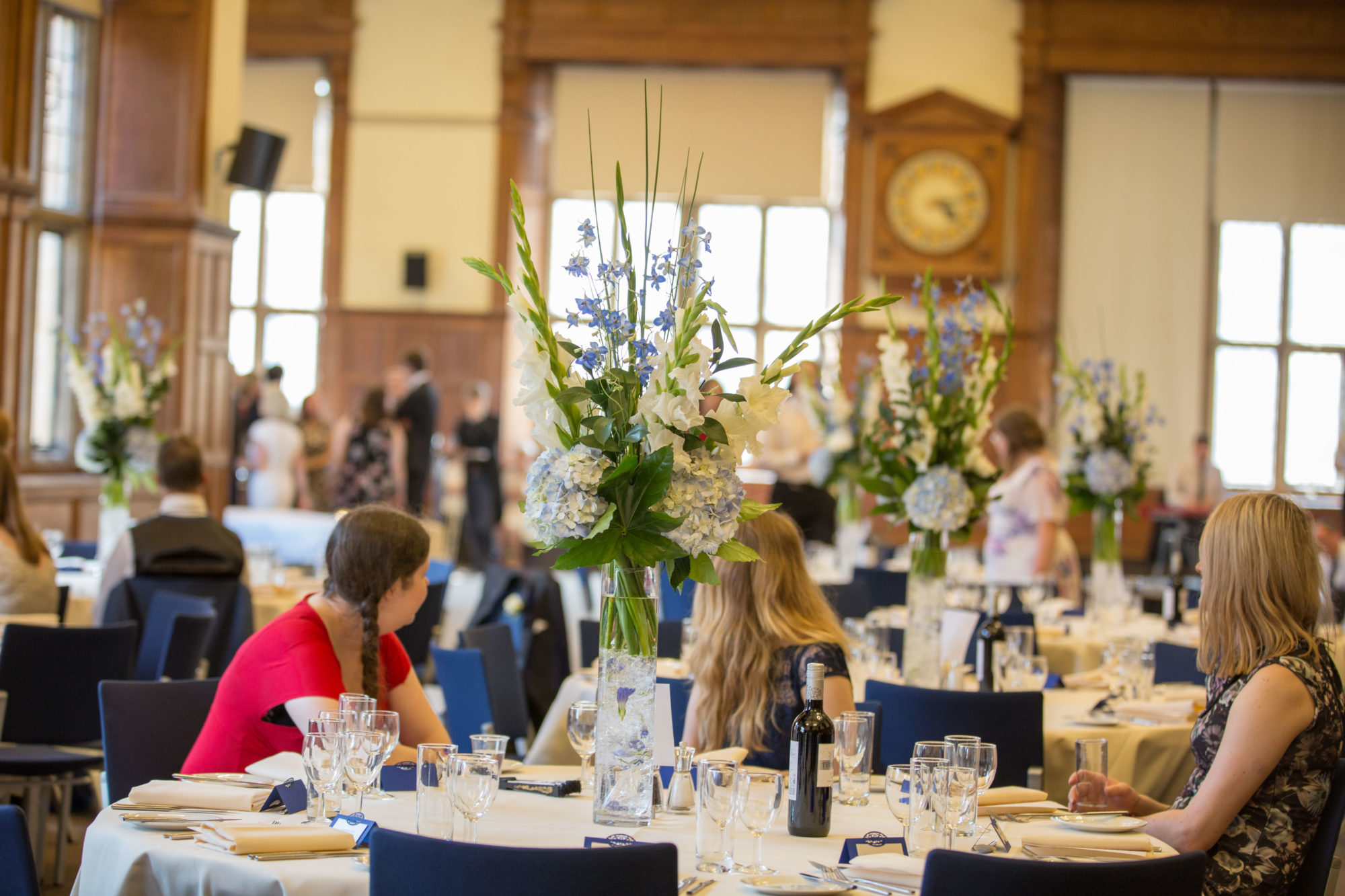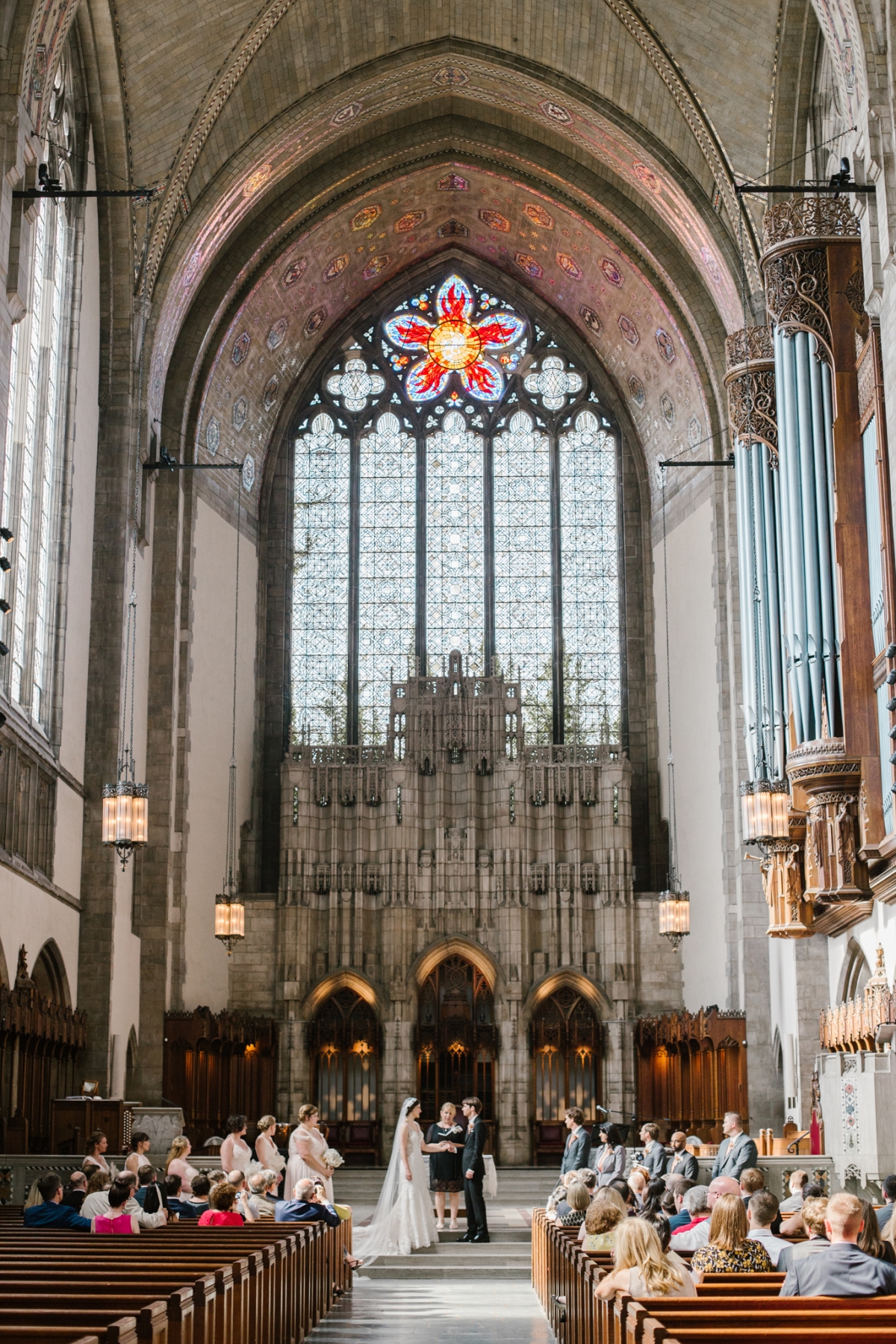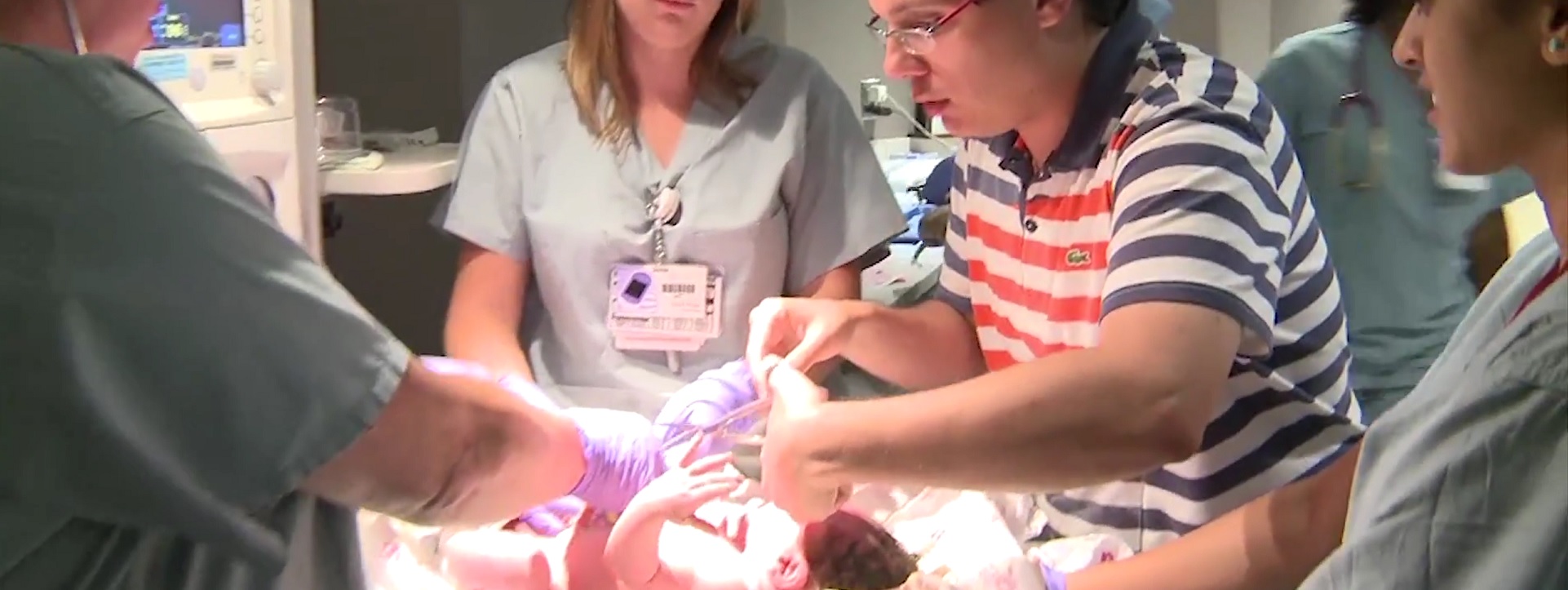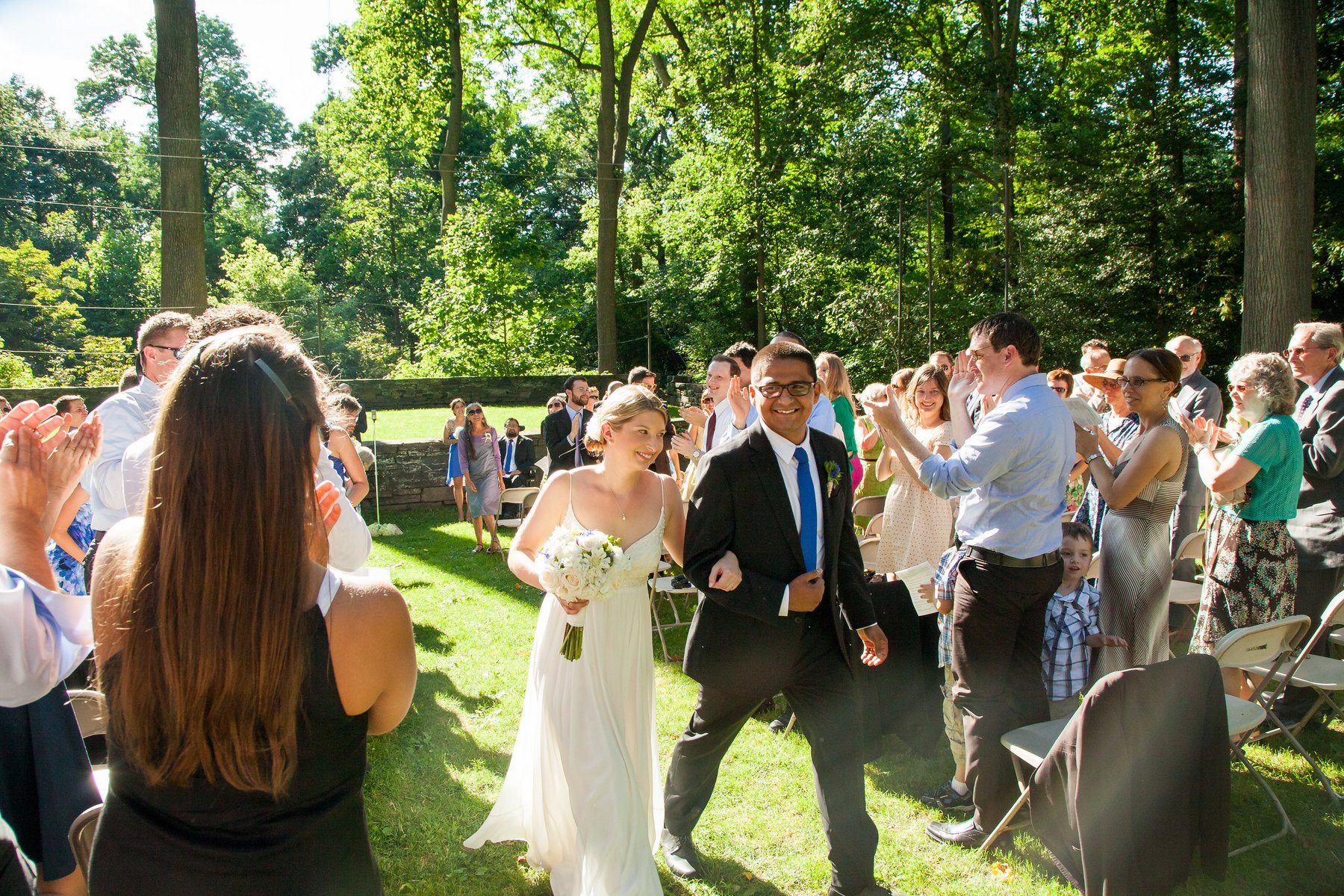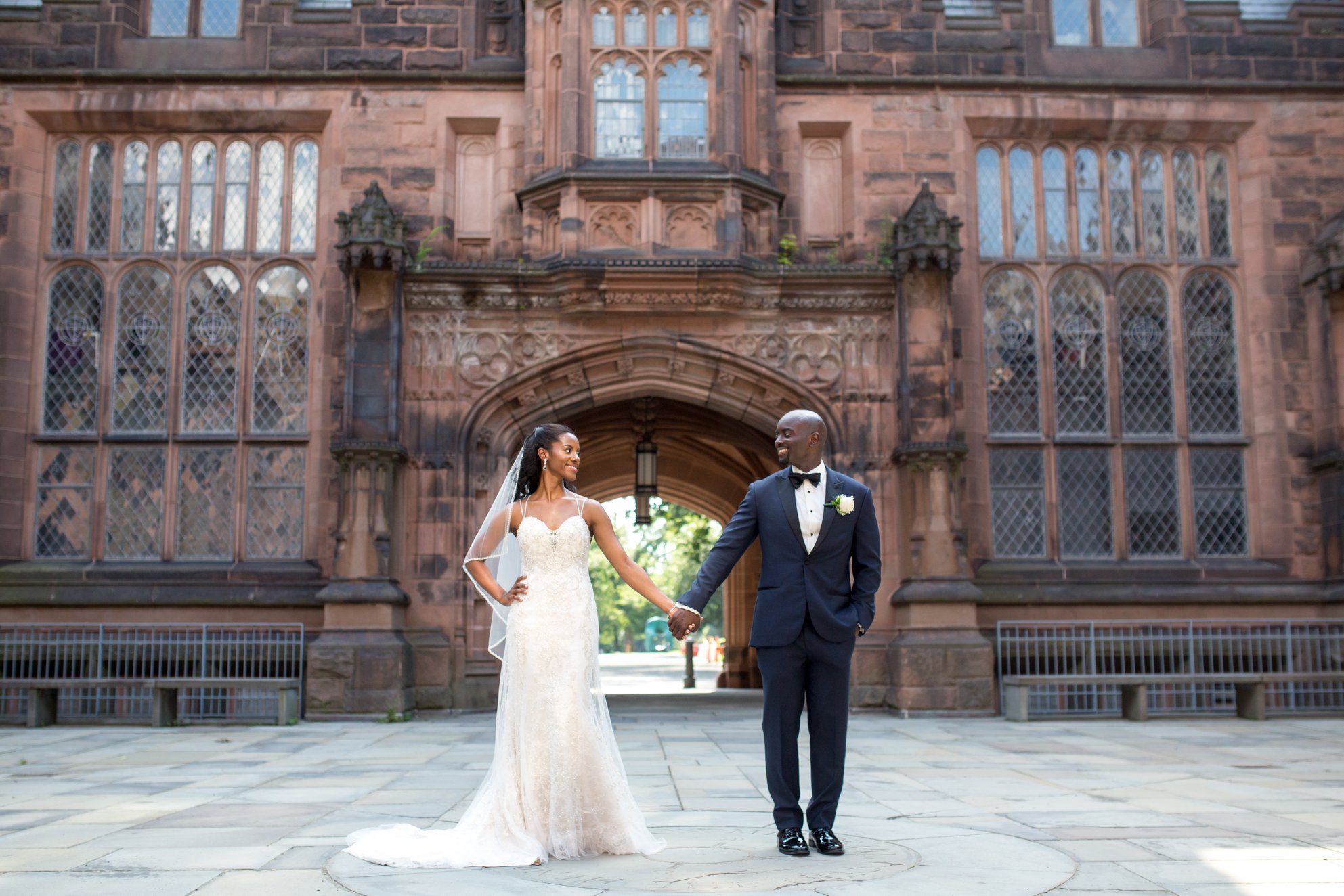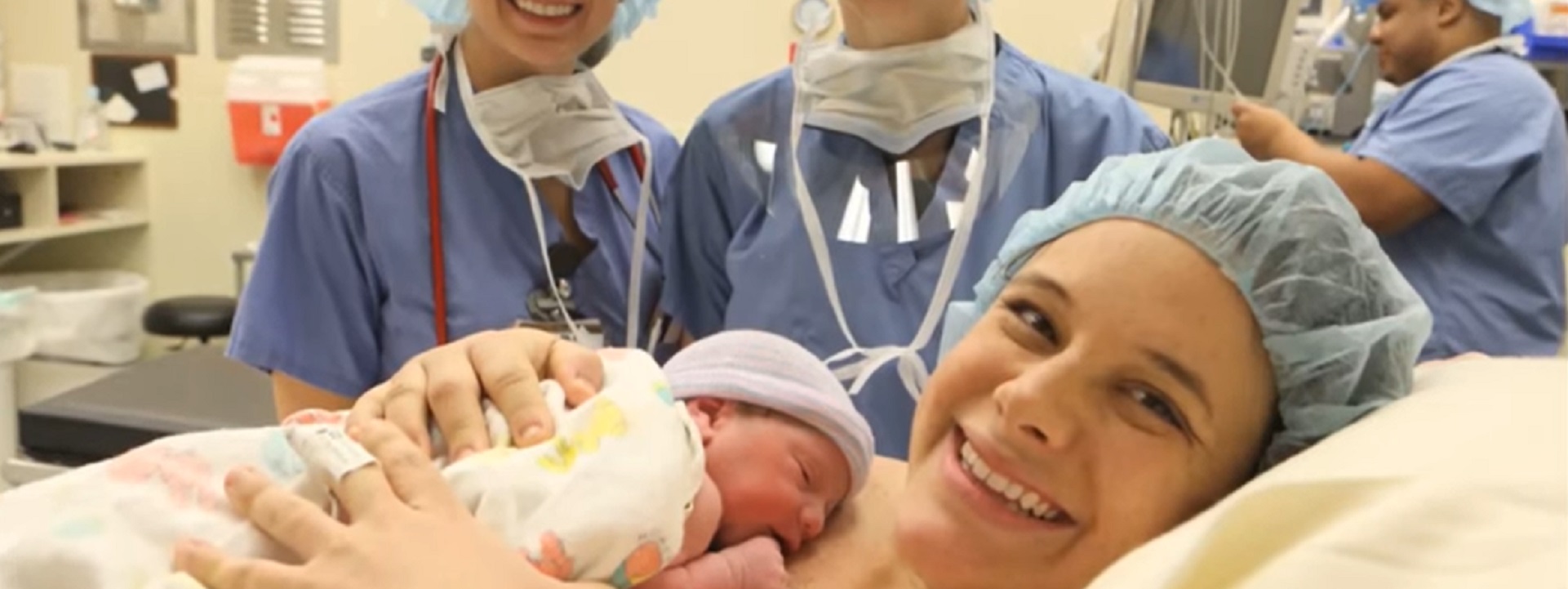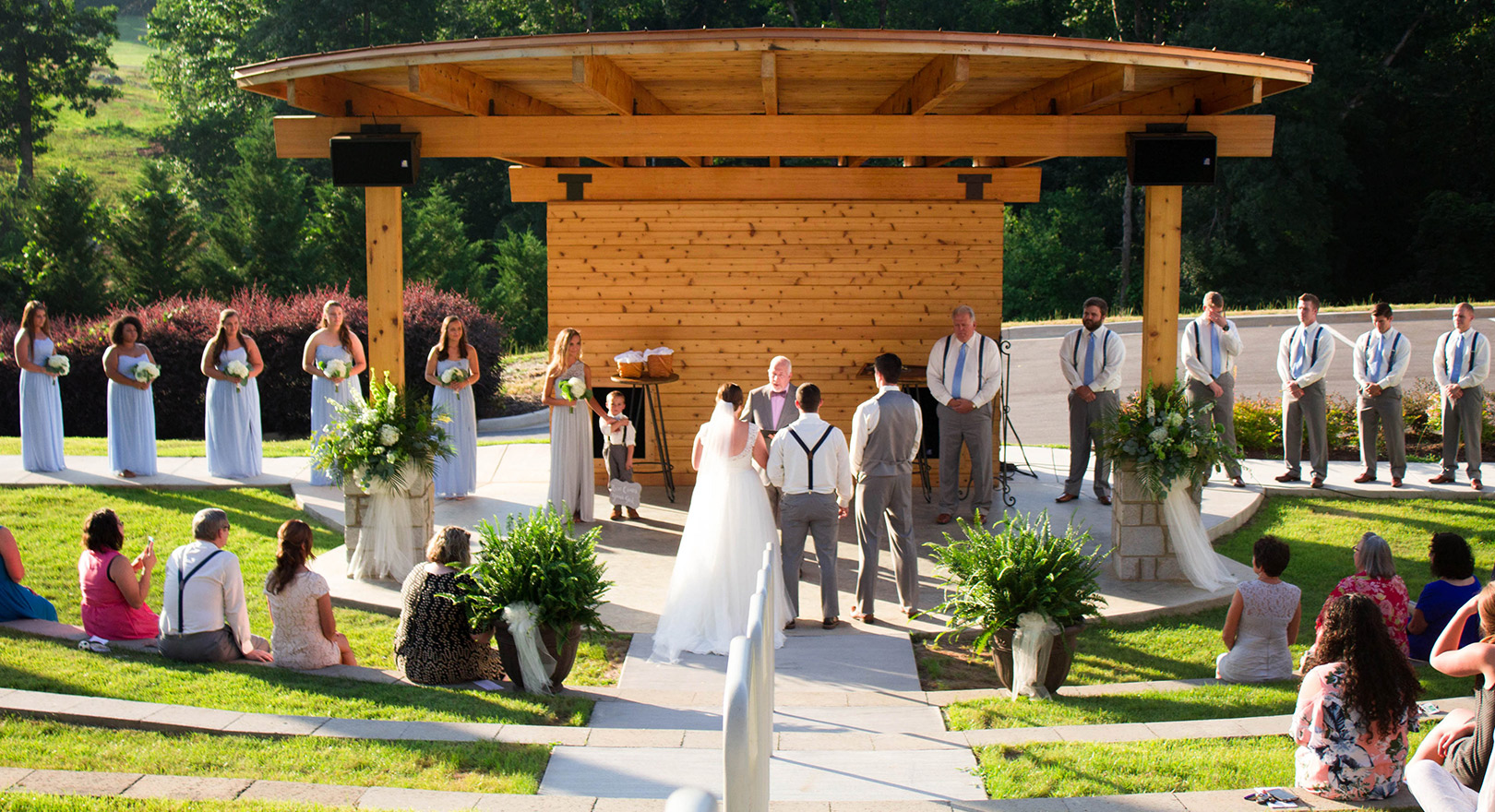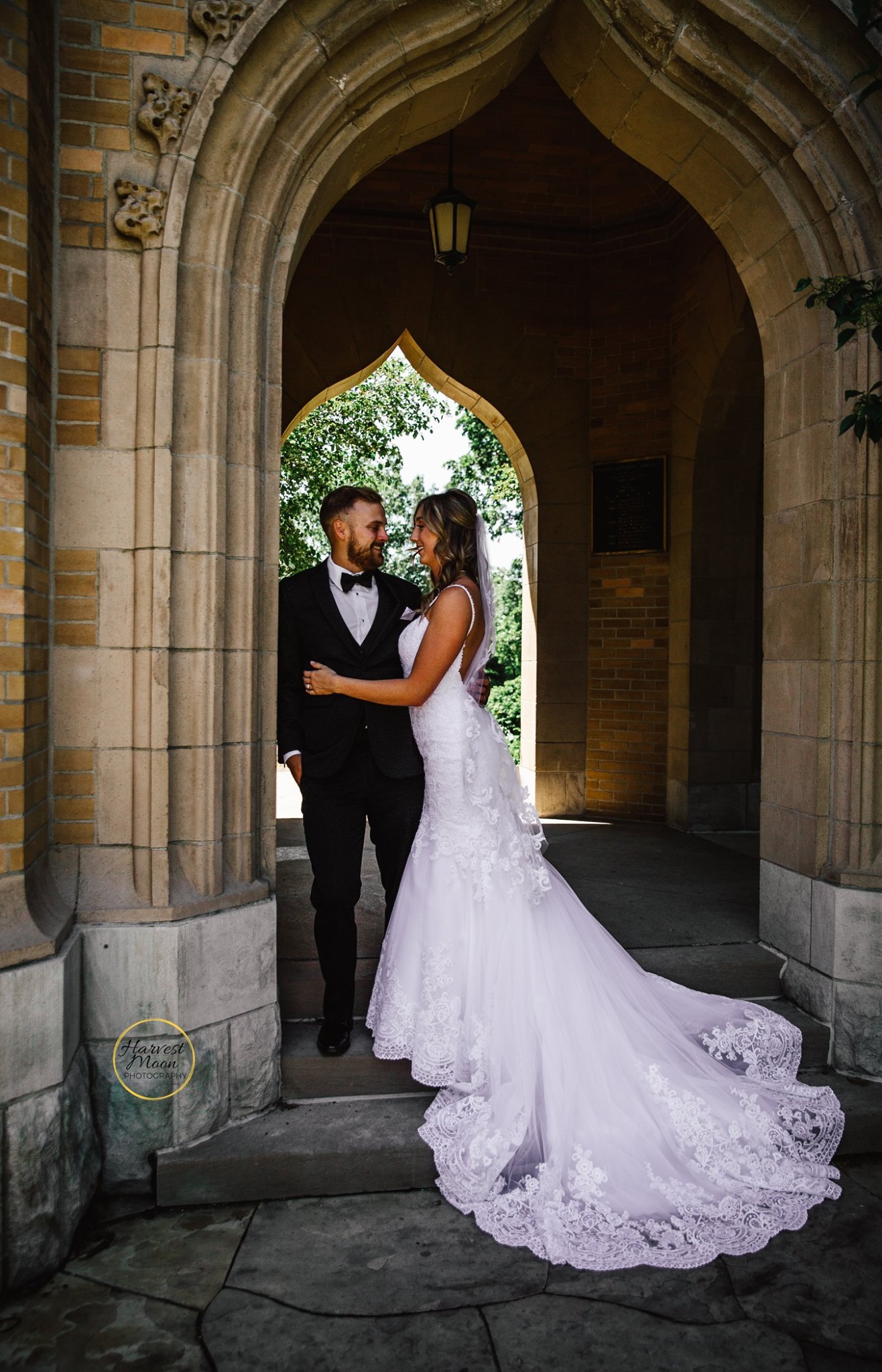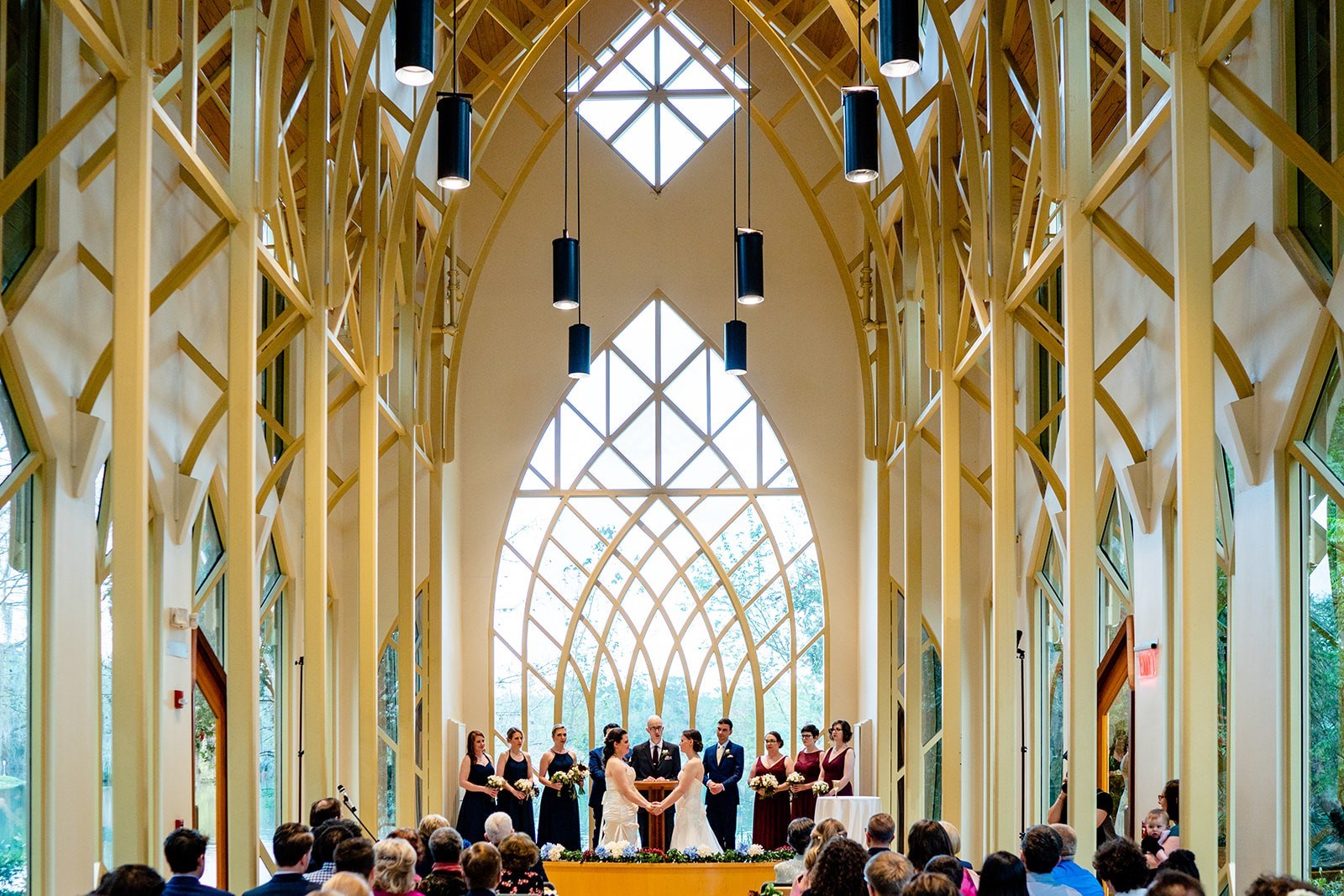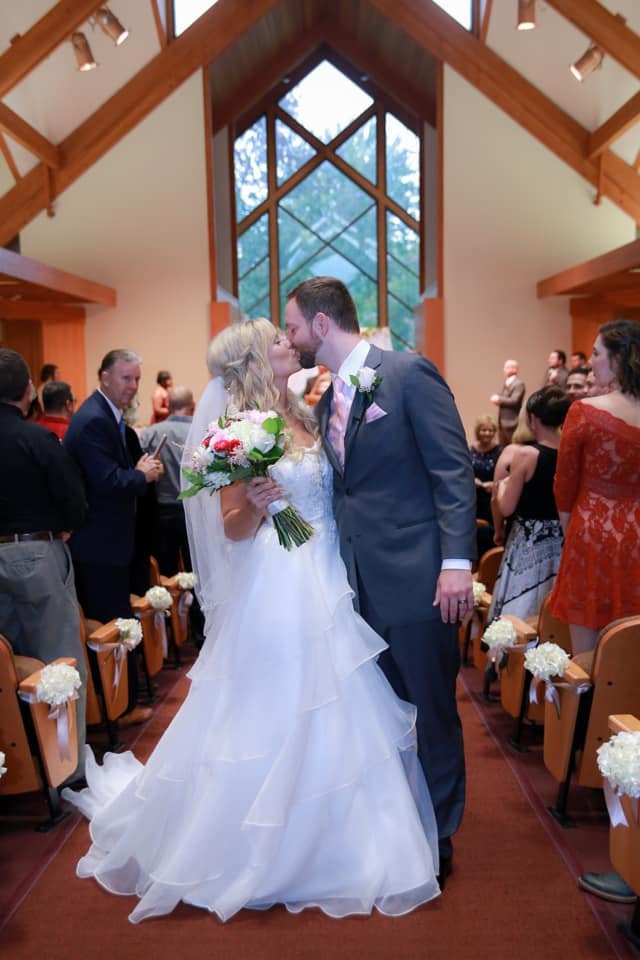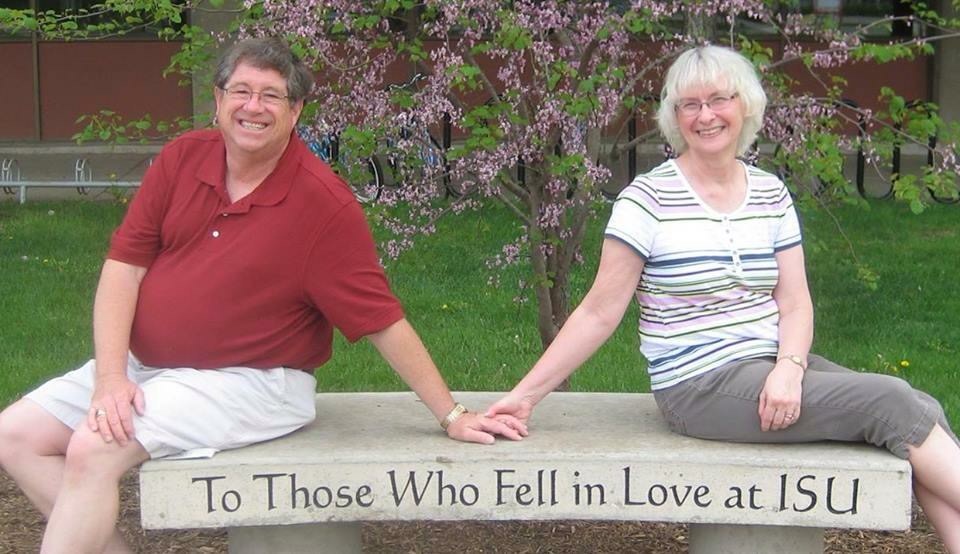Annual report and financial statements 31 July 2024 | “Campus” Masterplan
Durham (Dunholm O.E.) as a Northumbrian learning settlement originates with its Cathedral; founded in 995 AD as part of a Benedictine monastery. Monks maintained libraries and created an intellectual hub for the English speaking peoples. Fast forward a millennium and we find “DU Coffee Society” which describes itself as a welcoming space for students to learn about coffee making, latte art and each other.
🗣️Did you miss out on Assembly last week? Don’t worry, our Media Observer, Nicole Ireland, was there to catch all the action!
Check out her report on our website here: https://t.co/lKSFHjhyyu pic.twitter.com/t70D0mKmcn
— Durham SU (@durhamSU) November 29, 2023
FYI:
LSE: “The Benefits and Costs of International Higher Education Students to the UK Economy
PwC: UK Higher Education Financial Sustainability Report
Don’t say ‘right-wing’, say ‘pattern recognizer’ https://t.co/0s5FNnlCOB pic.twitter.com/s0YuVy4jw6
— 𝒩𝒶𝓉𝒶𝓁𝒾𝒶 (@classicspilled) November 3, 2025








